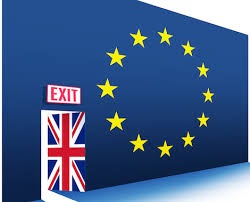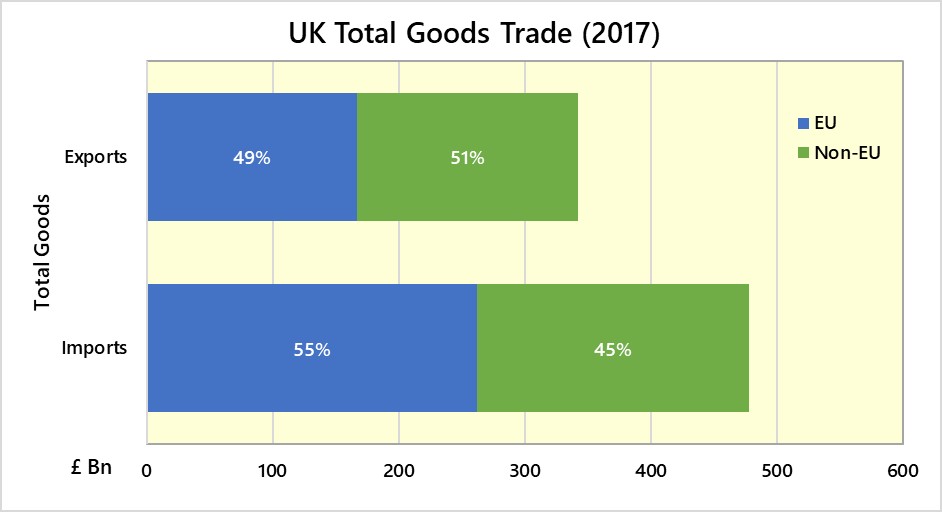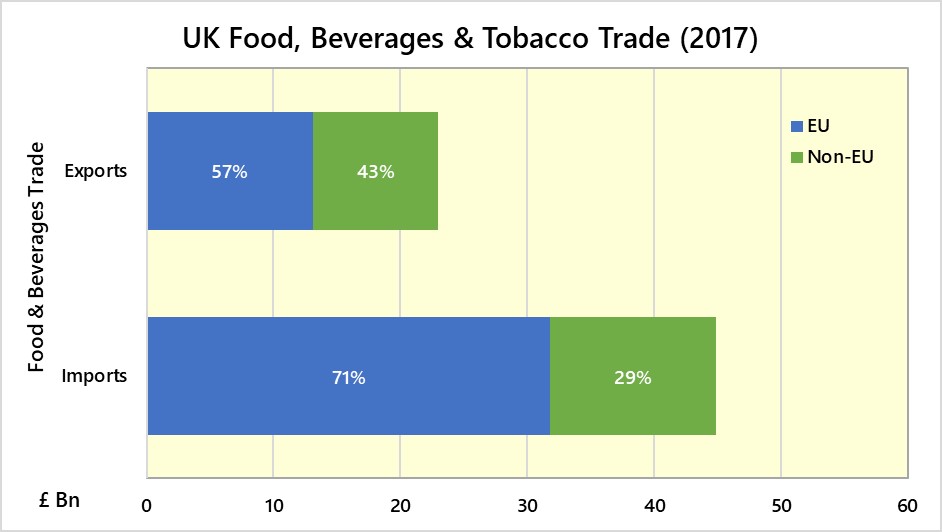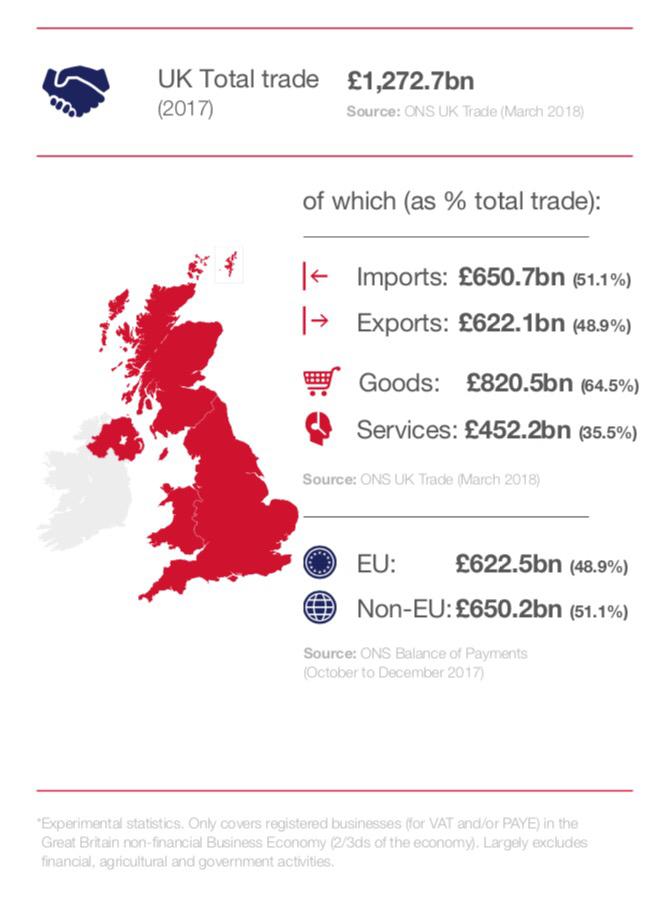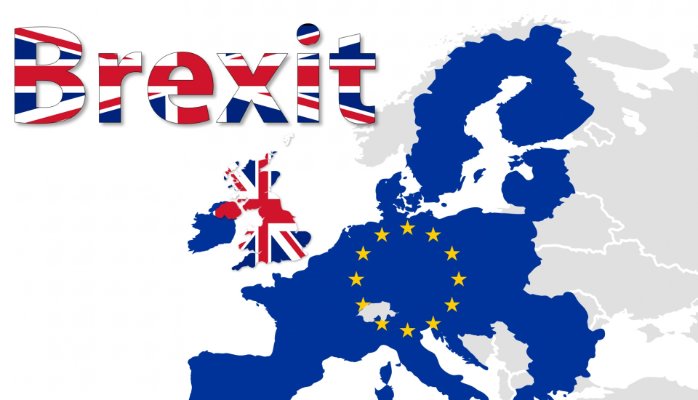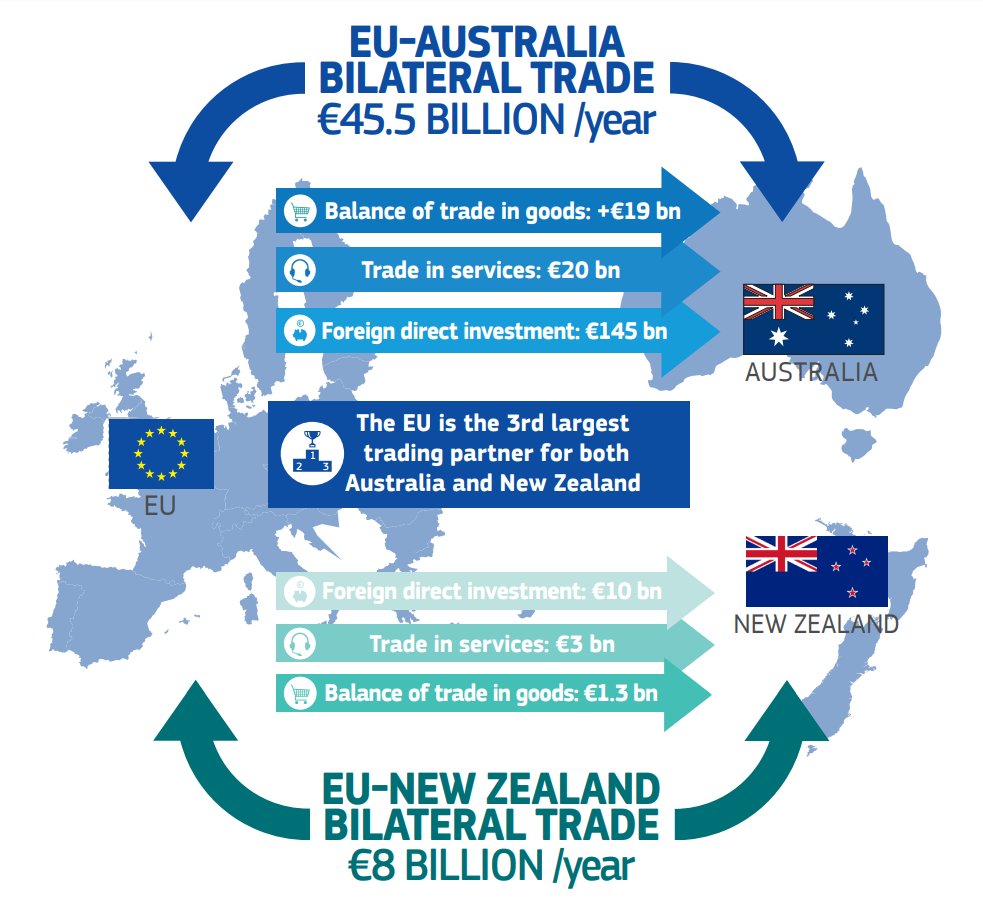After a fraught discussions at Cabinet level, the UK Government has released a Technical Note setting out its proposals for a temporary customs arrangement. The basic idea is that the UK will continue to be part of the EU Customs Union for a year after the end of the ‘transition period’. This serves as a time-limited backstop to honour the commitment of avoiding a hard-border between Northern Ireland and Ireland, post-Brexit. Key points include;
- no imposition of tariffs, quotas, rules of origin and customs processes on all UK-EU trade.
- the UK will be outside the scope of the Common Commercial Policy (CCP) except where it is required for the temporary customs arrangement to function. This means the EU Common External Tariff (CET) will continue to be applied, alongside the Union Customs Code (USC). However, the UK is seeking the right to negotiate, sign and ratify new trade agreements with non-EU countries and to bring into force any provisions not covered by the terms of the temporary customs arrangement.
- the temporary arrangement is to come into force at the end of the implementation (transition) period i.e. 31st December 2020 and would be replaced by an end-state customs arrangement which ideally would avoid a hard border under a wider UK-EU trading relationship.
- time limit for the temporary customs arrangement: the UK Government expects this to be the end of December 2021 at the latest.
- the is UK seeking to continue to benefit from all existing EU Free-trade Agreements (FTAs) or any new ones signed during this period, to ensure that it remains WTO compliant.
- the UK to continue to participate in EU committees to have ability to develop and influence trade and customs policy during the temporary customs arrangement.
- UK courts to respect the remit of the European Court of Justice (ECJ) with respect to laws underpinning the future UK-EU partnership. This is where the UK appears most willing to compromise on its red lines. Future oversight by the ECJ on trade-related matters in the UK-EU end-state relationship appears increasingly likely.
- the UK to reserve right to change the amount of customs duties it remits to the EU (currently 80% of collections).
The big talking point has been whether there would be a time limit on the backstop that the UK proposes. Pro-Brexit MPs and Ministers fear that if there is no time limit, then the UK would be bound to the EU indefinitely. However, the EU side claims that if the backstop has a time limit, then it is no longer a backstop.
At the time of writing, the EU has not officially responded but Michel Barnier has welcomed the proposals on the backstop and says that the EU will examine the document with three questions in mind;
- is it a workable solution to avoid a hard border?
- does it respect the integrity of the SM/CU?
- is it an ‘all-weather’ backstop?
Today’s Technical Note kicks the customs can down the road once again. Whilst the UK might ‘expect’ the temporary arrangement to terminate by December 2021, it might well be that this is not the case. What is clear is that it is time for the London-London negotiations to conclude and for serious discussions between the UK and the EU to accelerate. Crucial decisions now need to be made and a path needs to be chosen.
The Technical Paper is available via: https://assets.publishing.service.gov.uk/government/uploads/system/uploads/attachment_data/file/714656/Technical_note_temporary_customs_arrangement.pdf
